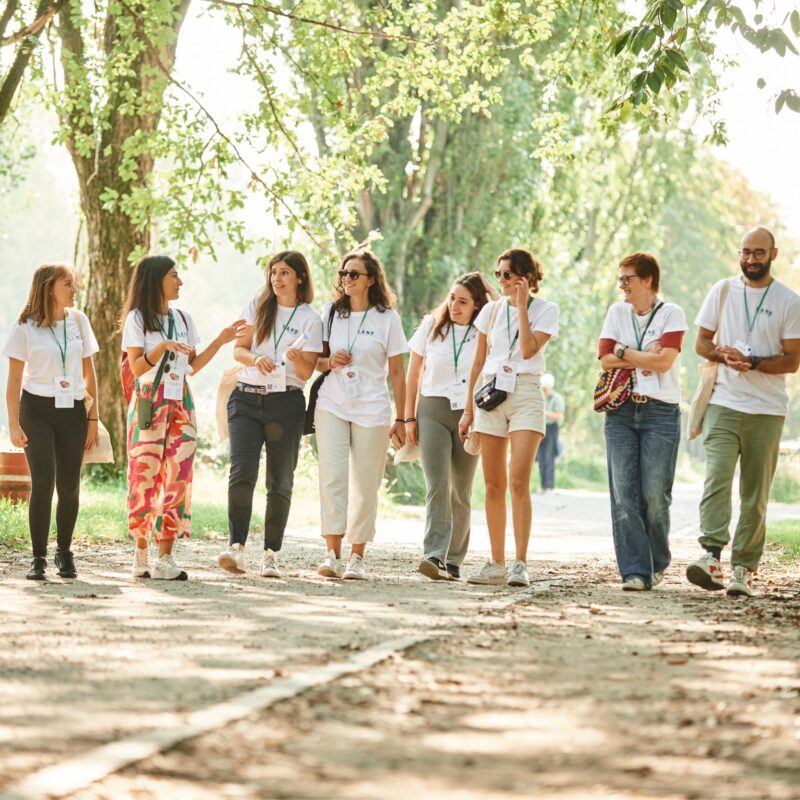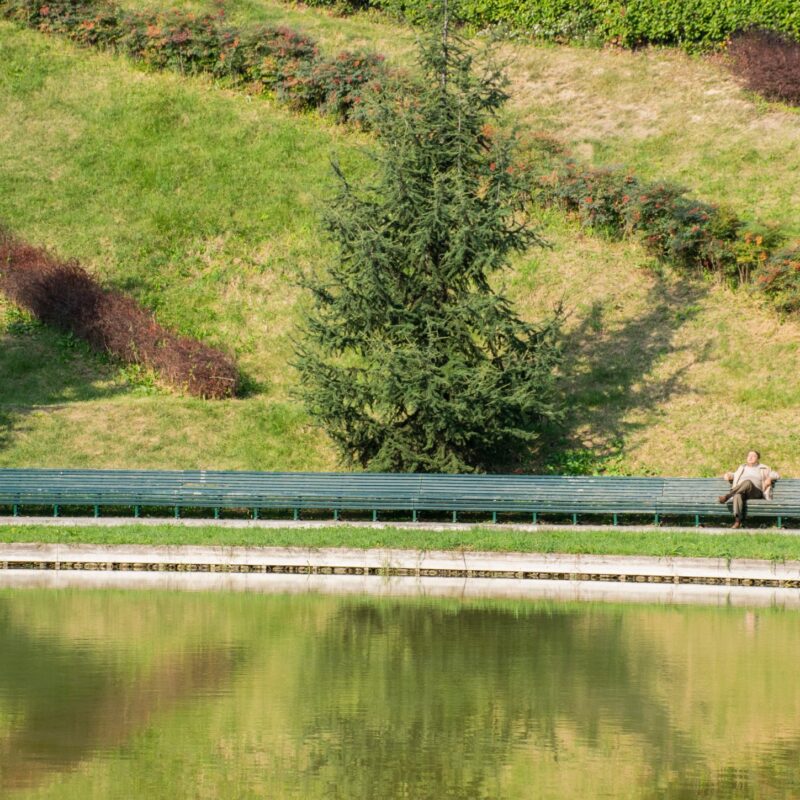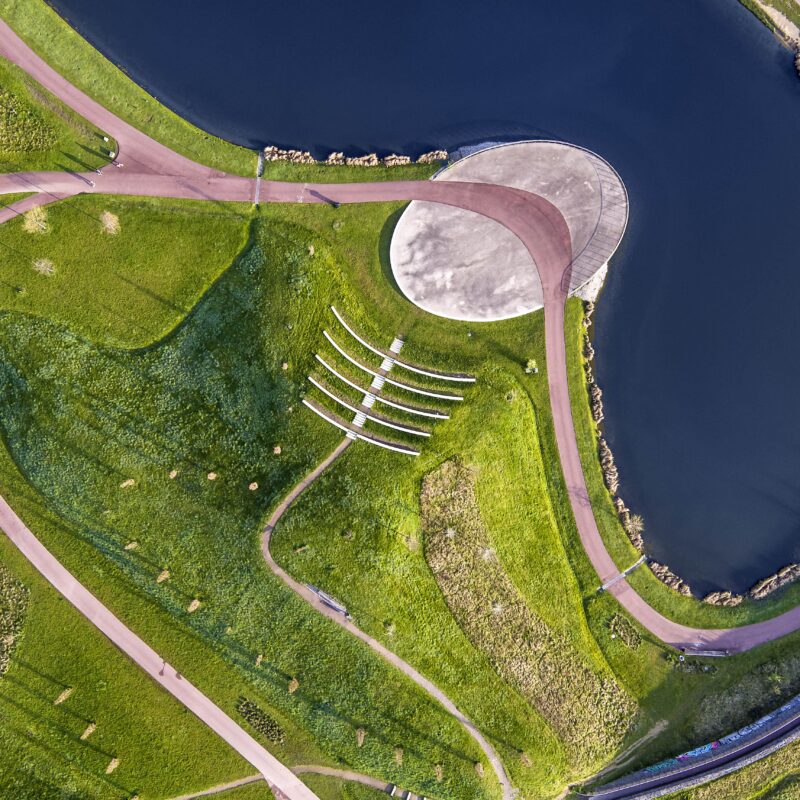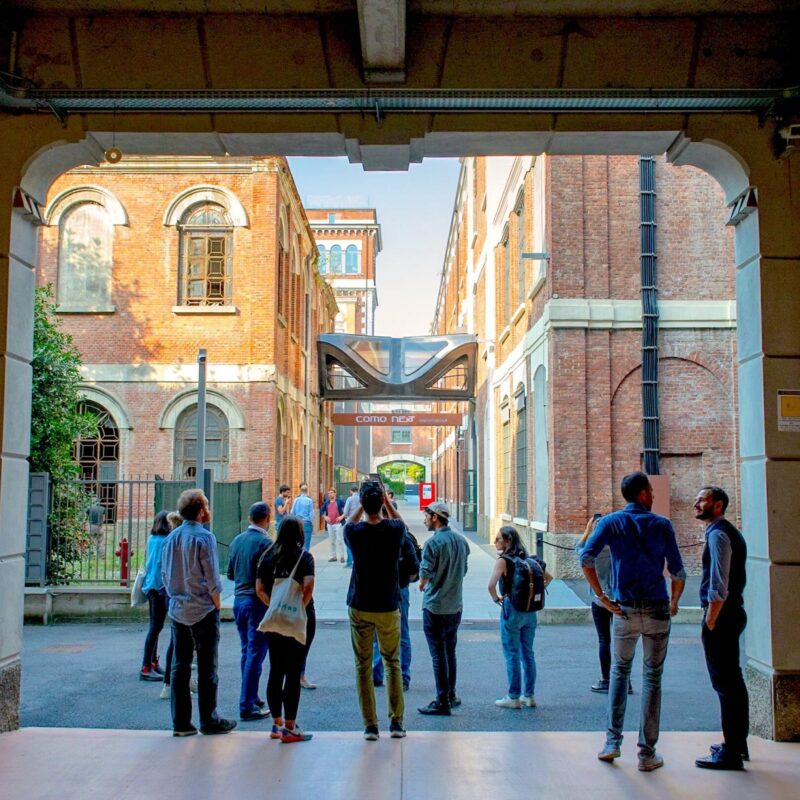
Space for People
An Educational Path
By Tommaso Bassetti.
As our family drove through the Sulcis-Iglesiente region of southwest Sardinia, I looked out the window and felt an odd attraction for the desolated, abandoned mines, wells and tunnels, the ghost towns and beautiful beaches we were passing through. Once a prosperous area thanks to mineral and coal mining, the Sulcis is now a prime example of Italy’s deprivation, unemployment and brain drain. How could such beautiful, history-rich landscape be left in such state? What makes people want to be in one place and then, suddenly, leave it as it is?
It was the summer of 2014. I had just turned 19 and was myself about to migrate, leaving the comfort of Rome to pursue a new life studying abroad in the Netherlands. At University College Utrecht, through courses in human and urban geography, political science and sociology, along with an extremely multicultural cohort of students, I found the perfect place to explore new ideas.
During a month-long urban planning course which included two weeks of urban exploration in New York City, running around a jungle of concrete, high-rise buildings, rampant homelessness and extreme wealth, I started to reflect more and more on the power dynamics behind landscape. Essentially, who gets to decide on how landscape is shaped and evolves through time? In NYC, I began to get a rough idea of the complexity of urban systems through meetings with different departments in the city government, NGOs, neighbourhood initiatives, real estate developers and many others.
My internship at LAND’s Research Lab in Milan came at the perfect time. I had the privilege of working on a project that looked at regenerating the inner city of Genoa through nature-based solutions. LAND’s approach was key for my personal and professional development. One of the key lessons I got from them is that city planning needs a paradigm shift: we need to plan cities and places with, not against nature, and with a detailed eye to the local context in which we live and work.
With these rich experiences, I was ready to continue my journey through a Master’s, learning from English and international planners at the University of Cambridge. Specializing in affordable housing issues, specifically in London, I spent the year researching and interviewing a diverse range of stakeholders. From the 1990s, the sudden shift of responsibility away from local government to increasingly global real estate developers made housing increasingly unaffordable, not only in London but in most major cities. The commodification of housing, which is an essential component of the urban landscape, needs to stop, and housing needs to be seen as a basic human right.
Since 2018 I have worked on sustainable urban development policies and projects, with a focus on developing cities in Latin America, Eastern Europe, the Western Balkans and Central Asia. Working with the United Nations, the World Bank, and the C40 Cities Finance Facility on housing and transport, I always try to bring an integrated, context-based and climate-oriented view to urban infrastructure project development and financing.
In a recent UN Mission to Podgorica, Montenegro, I had an afternoon without meetings and took the time to walk around the city’s neighbourhoods, sitting in parks, speaking to local women and men both young and old, trying to immerse myself into the local community. As I move forward with my career and personal development, I will continue observing each and every aspect of the landscape around me, trying to make the best connection I can between people, places and nature.
Tommaso Bassetti, MPhil (University of Cambridge), is a consultant on urban and environmental policy at the United Nations Economic Commission for Europe (UNECE).
Read other Articles from this Edition






